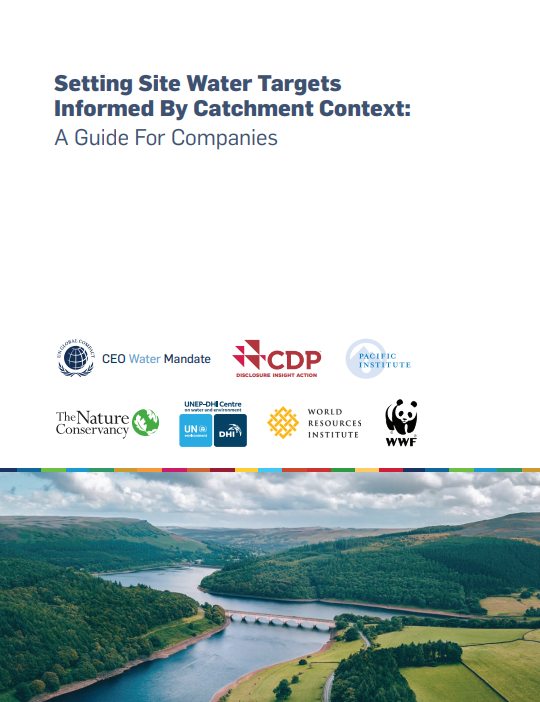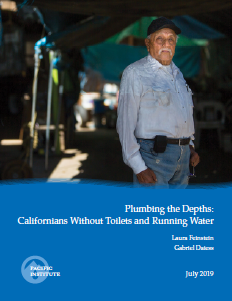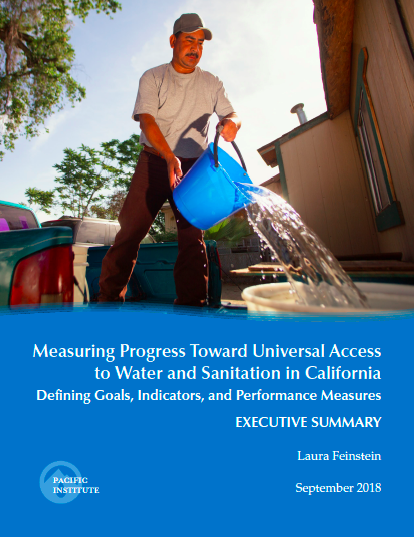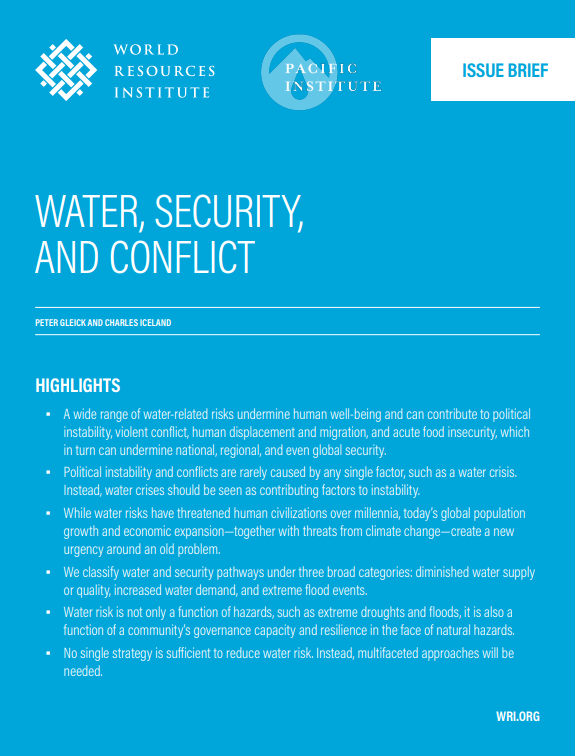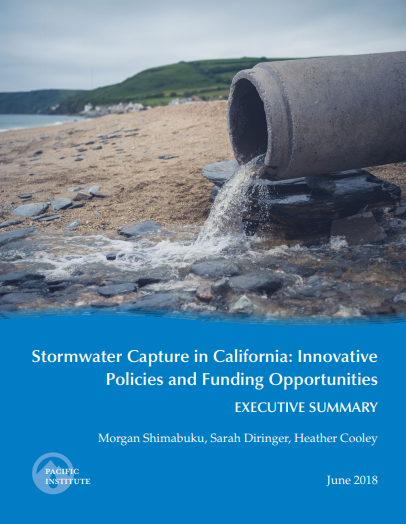1467 Resources
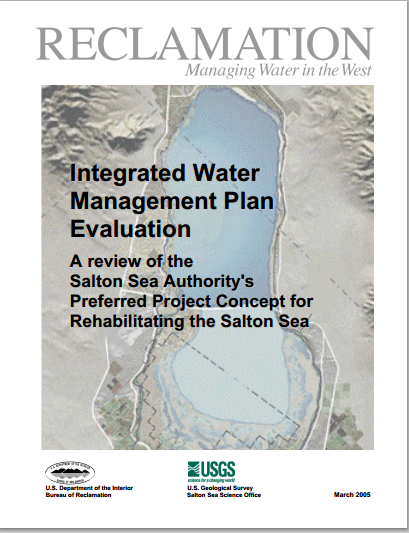
IWMP Evaluation: A Review of the Salton Sea Authority’s Preferred Project Concept for Rehabilitating the Salton Sea
March 26, 2005 | publication
This report, compiled and edited by the Pacific Institute under contract to the Bureau of Reclamation, presents the conclusions generated by an experts workshop that evaluated a proposal to rehabilitate the Salton Sea.


Pacific Institute Responds to Misleading Commentary by Wayne Lusvardi
February 21, 2005 | post
On Friday February 25th, the Sacramento Bee published an opinion essay by Pacific Institute President Dr. Peter H. Gleick on the pending renewal of heavily subsidized federal contracts associated with the Central Valley Project in California. Although we welcome criticism and open debate, Lusvardi’s attack against our essay is characterized by intentional distortions, simple errors, misquotations, misleading logic, and ad hominem attacks.
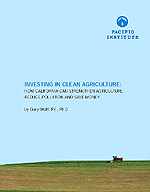
Investing In Clean Agriculture: How California Can Strengthen Agriculture, Reduce Pollution And Save Money
February 8, 2005 | publication
Global competition, suburban encroachment, tighter regulations, and rising input costs are making farming in California more difficult and, in some cases, less profitable.
After the Asian Tsunami Disaster, Water Crisis Will Remain
January 5, 2005 | publication
The tragedy that has unfolded over the past week in Asia reminds us of the power of water to both give life and take it away. As the death toll rises from the earthquake and devastating tsunami, efforts to provide all manner of aid are picking up speed and urgency.

West Oakland Health Survey
November 26, 2004 | publication
Water managers face significant challenges in meeting the water supply, wastewater collection and treatment, and stormwater management needs of the communities they serve.
Economies of Scale and Scope in River Basin Management
November 15, 2004 | publication
This paper provides pragmatic guidance for more effective water management.
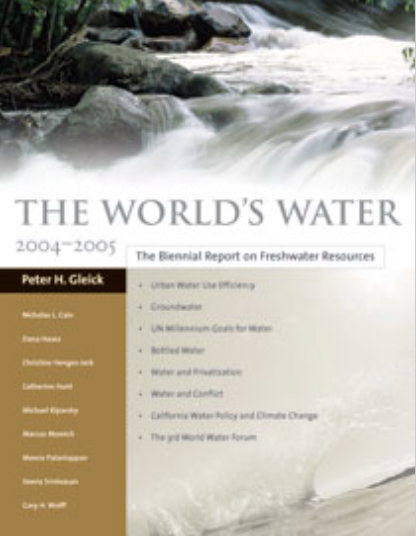
The World’s Water, Volume 4
November 12, 2004 | publication
In this fourth volume of his highly regarded series, Gleick and his research team focus on the most significant current trends worldwide: how to meet the basic needs of over 1 billion people without access to clean water, the growing controversy over public vs. private water, the role of conservation and efficiency in solving water problems, and concerns about skyrocketing bottled water use.

The Myth and Reality of Bottled Water
November 12, 2004 | publication
Sales and consumption of bottled water have skyrocketed in recent years. Sales and consumption of bottled water have skyrocketed in recent years. But users should not assume that the purity of bottled water is adequately protected, regulated, or monitored; in many countries, such as the United States, bottlers themselves do most of the sampling and testing, which opens the door to fraud, misreporting, and inadequate protection.

Clearing the Air in West Oakland: A West Oakland Snapshot
November 11, 2004 | publication
West Oakland: A SnapshotArea “inside the freeways”

California’s “Economic Productivity” of Water Use: Jobs, Income, and Water Use in California
October 22, 2004 | publication
Who Develops ISO Standards? A Survey of Participation in ISO’s International Standards Development Processes
October 14, 2004 | publication
Energy Down the Drain: The Hidden Costs of California’s Water Supply
August 24, 2004 | publication
Energy is used at all stages of water supply, from groundwater pumping for agriculture to the treatment of water for municipal consumption.

Freshwater Resources: Managing the Risks Facing the Private Sector
August 15, 2004 | publication
Many businesses around the world, from beverage companies to garment manufacturers, are failing to prepare for the serious economic and political risks posed by increasing water scarcity, water contamination, water supply disputes, and a host of other water-related challenges.

Agricultural Water to Air Model
March 27, 2004 | tools
This model aims to give water managers a better understanding of the relationship between water management decisions, energy consumption, and air quality. Designed for agricultural districts, the model provides a flexible, consistent framework for quantifying the energy and air quality dimensions of water management decisions. View the full-resolution user manual here.

Urban Water to Air Model
March 27, 2004 | tools
This model aims to give water managers a better understanding of the relationship between water management decisions, energy consumption, and air quality. Designed for urban water districts, the model provides a flexible, consistent framework for quantifying the energy and air quality dimensions of water management decisions. View the full-resolution user manual here.
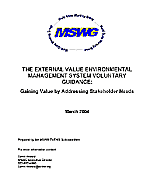
The External Value Environmental Management System Voluntary Guidance: Gaining Value by Addressing Stakeholder Needs
March 19, 2004 | publication
Plan, do, check, act -- that's the heart of an Environmental Management System (EMS), which is a systematic approach to managing an organization's environment impacts.

Public or Private Water Management?
January 10, 2004 | publication
‘‘Public versus private’’ is not the bright line that separates efficient from inefficient management. Like Alexander the Great, who ‘‘untied’’ the Gordian Knot with one slice from a sharp knife, we believe that the real solution to water problems worldwide has been overshadowed by the ideological debate between advocates and opponents of privatization.
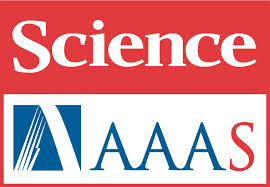
Global Freshwater Resources: Soft-Path Solutions for the 21st Century
December 5, 2003 | publication
Twentieth century water policies relied on the construction of massive infrastructure in the form of dams, aqueducts, pipelines, and complex centralized treatment plants to meet human demands.
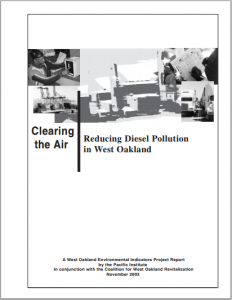
West Oakland Residents Choking on Toxic Diesel Exhaust
November 26, 2003 | publication
Residents of West Oakland are exposed to far more than their fair share of toxic diesel pollution.

Waste Not, Want Not: The Potential for Urban Water Conservation in California
November 15, 2003 | publication
The largest, least expensive, and most environmentally sound source of water to meet California's future needs is the water currently being wasted in every sector of our economy.
Climate Change and California Water Resources: A Survey and Summary of the Literature
July 26, 2003 | publication
A new revision of a report on climate change and California water resources is now available.
Page 57 of 59



